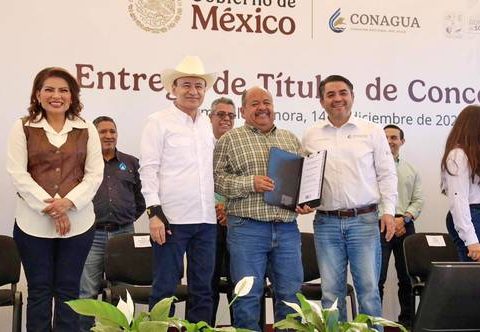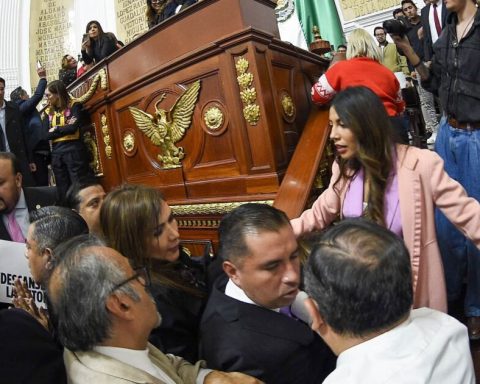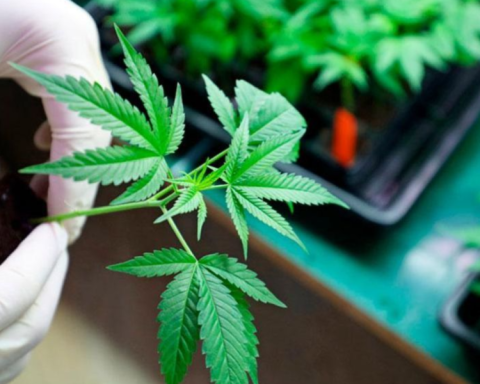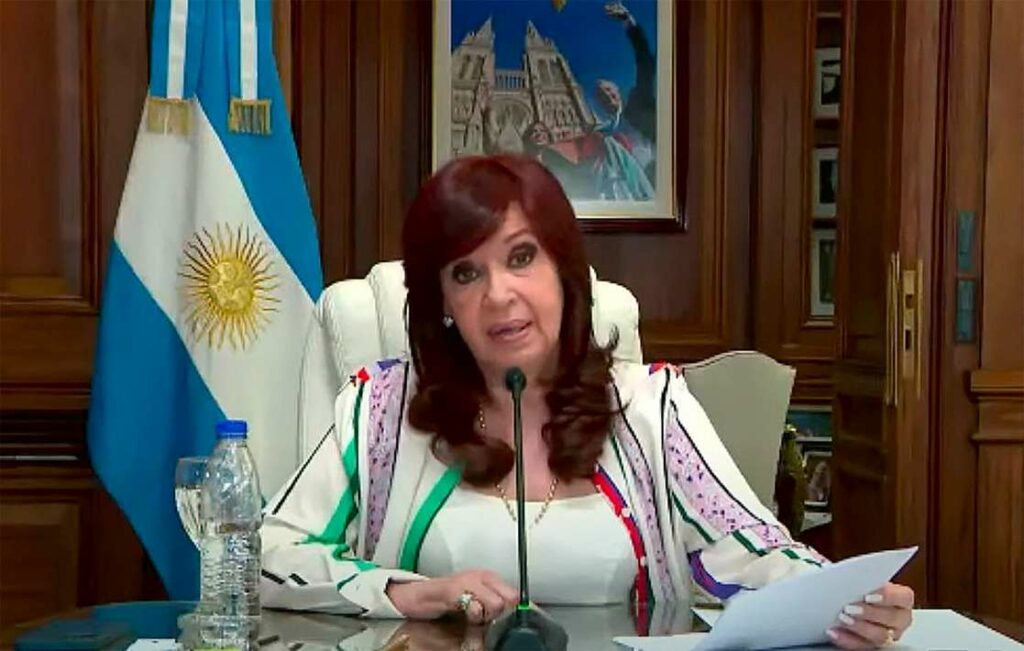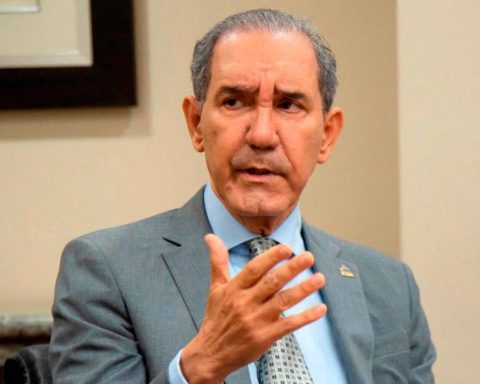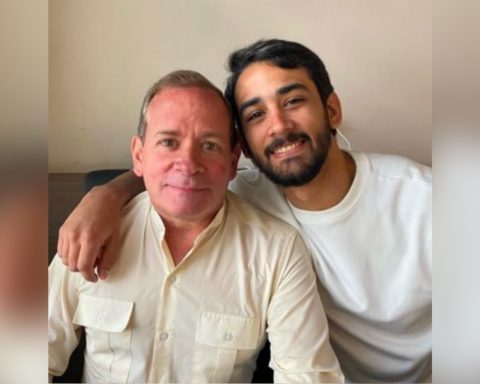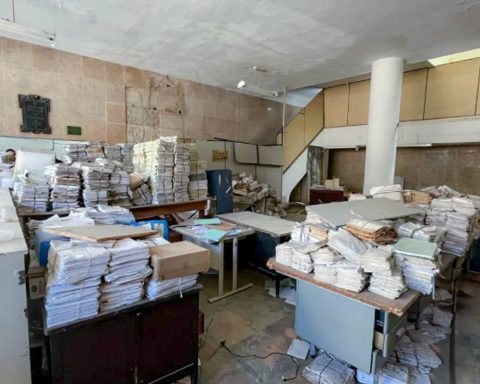In 2021, food insecurity affected 40.6% of the population of Latin America and the Caribbean. A total of 267.7 million people were affected; 62.5 million more than in 2019.
According to the report, “the increase in food inflation and extreme poverty is one of the factors that increase food insecurity and hunger.”
Food inflation “increases the risk of hunger” and the rise in the international price of basic products, whose average increase reached 11.7% last September, is passed on to consumers.
ECLAC estimates that the incidence of extreme poverty in the region would increase 0.2 percentage points in 2022 and could reach 81.8 million people.
The report also argues that the various international crises of the last 15 years have compromised the region’s access to food and key inputs such as fertilizers for regional agriculture.
“Hunger increased in the region by 30% between 2019 and 2021. The high dependence on the import of fertilizers and the variation in food prices have a negative and inevitable impact on livelihoods, mainly of the rural population , and access to a healthy diet,” said Mario Lubetkin, FAO regional representative.
Lubetkin recommended strengthening social protection systems in rural areas, particularly aimed at family farmers, and eliminating restrictions on international trade in food and fertilizers, as they will be key measures in the response process to the current crisis.
With information from AFP


